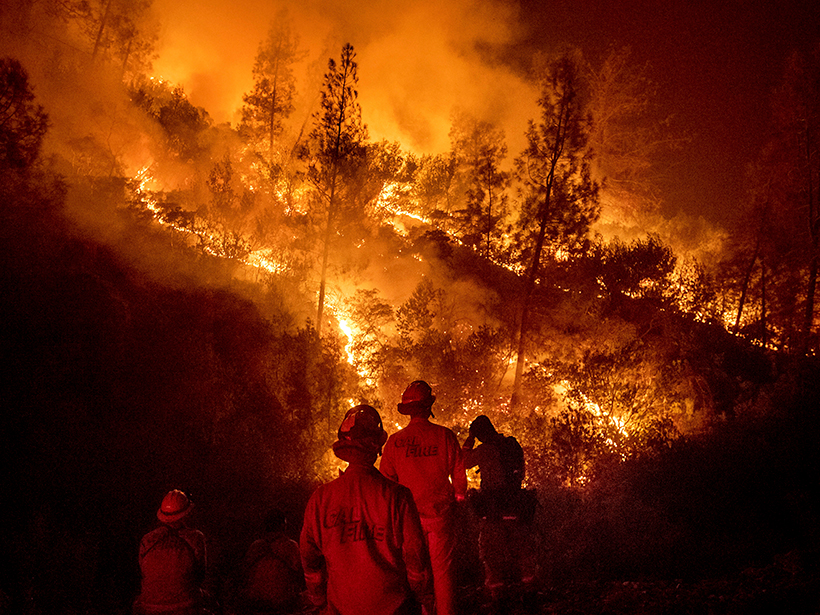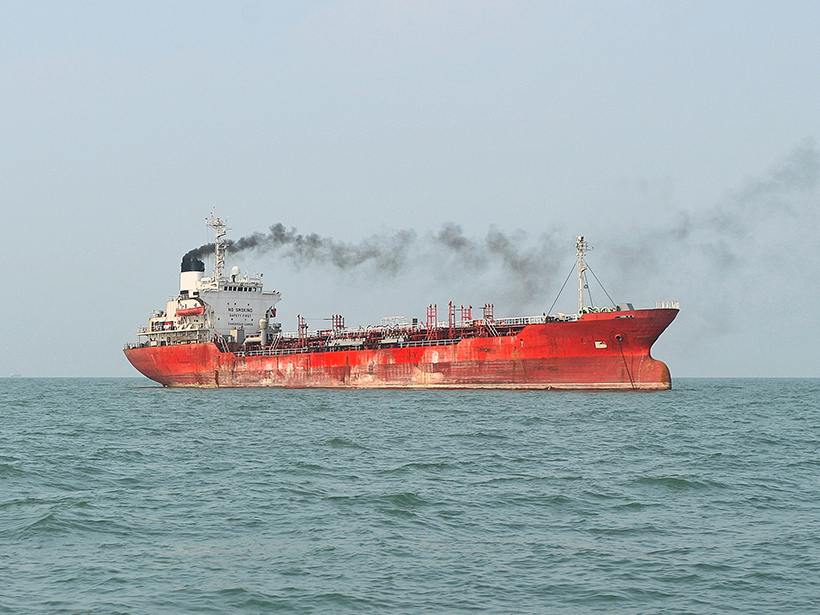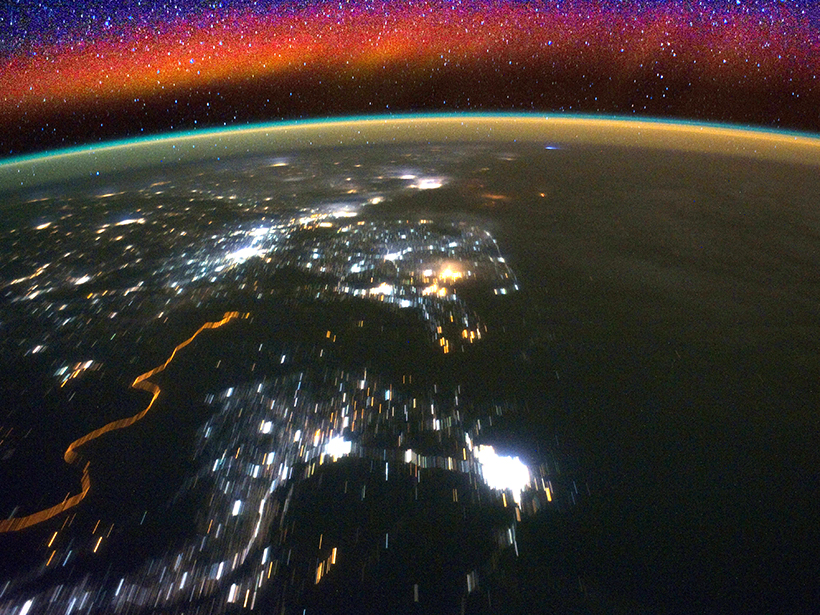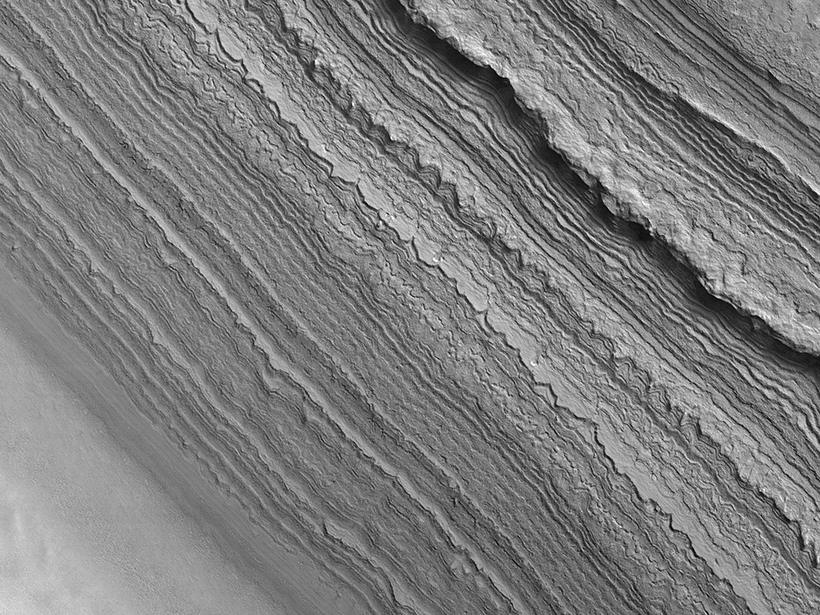The amount of CO2 segregated from the mantle by carbonate melting beneath old oceanic crust may equal that emitted along the mid-ocean ridge system, thereby contributing to the global carbon cycle.
CC BY-NC-ND 2018
How Forecasting Models Are Changing the Way We Fight Fires
Eos speaks with Andy Edman, western region chief of the Science and Technology Infusion Division at the National Weather Service, about how the agency is helping wildfire crews fight fires from space.
Hail Causes the Most Storm Damage Costs Across North America
The icy weather phenomenon leads to more than $10 billion in damages each year. Nonetheless, research on hail is lacking, scientists say.
How Much Land Surface Is Under Water at Any Given Time?
NASA Workshop on Remote Sensing of Inundation Extent; Boulder, Colorado, 21–22 May 2018
Brown Carbon from Increased Shipping Could Harm Arctic Ice
Emission from a ship’s engine gives clues to how much light-absorbing molecules may build up on and above snow and sea ice. Such emissions are likely to increase as more ships venture into the Arctic.
Radar Data Highlights Areas Damaged by Wildfire and Debris Flows
Synthetic aperture radar data post-processing can be used to analyze changes in the landscape, providing a useful tool for disaster response.
High-Altitude “Wind Walls” Discovered near Magnetic Poles
Satellite imaging reveals two narrow channels of extreme winds surrounded by gentle opposing flow 140–250 kilometers above sea level.
Why Trace Metals Cling to the Ocean’s Skin
Metals within the millimeter-thick sea surface microlayer may impact ocean health and climate.
Evidence of Regional Deposition in Mars’s South Polar Deposits
Shallow Radar correlation of discrete units in one of the Red Planet’s largest ice reservoirs suggests that its material was emplaced as a single, regional deposit.
Kevin Charles Antony Burke (1929–2018)
Burke, a master geologist, traveled the world to inform his studies on plate tectonics, soil formation, erosion, sedimentology, and a host of other topics, including other planets.









